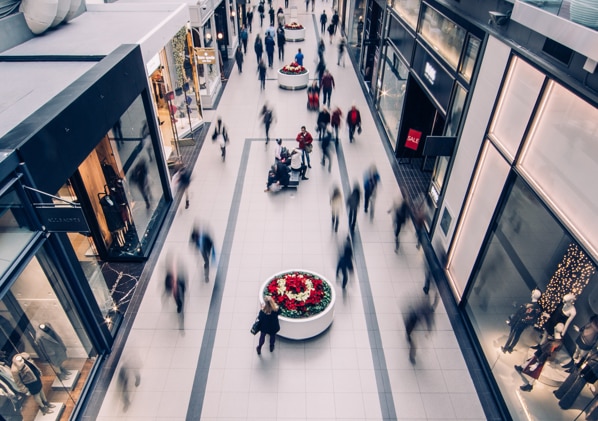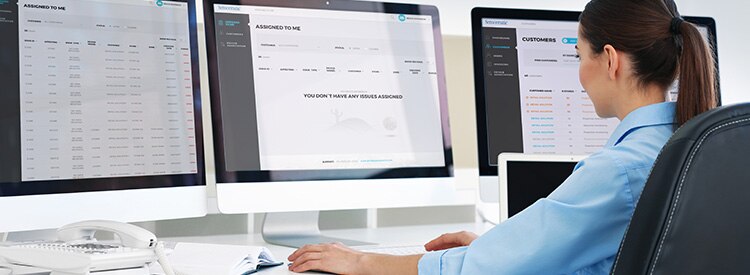Article
How can retailers understand in-store shoppers as well as they do online shoppers?

Ready to see how Sensormatic Solutions can transform your bottom line?
Contact UsStay one step ahead with our articles, insights and latest news.
See more



